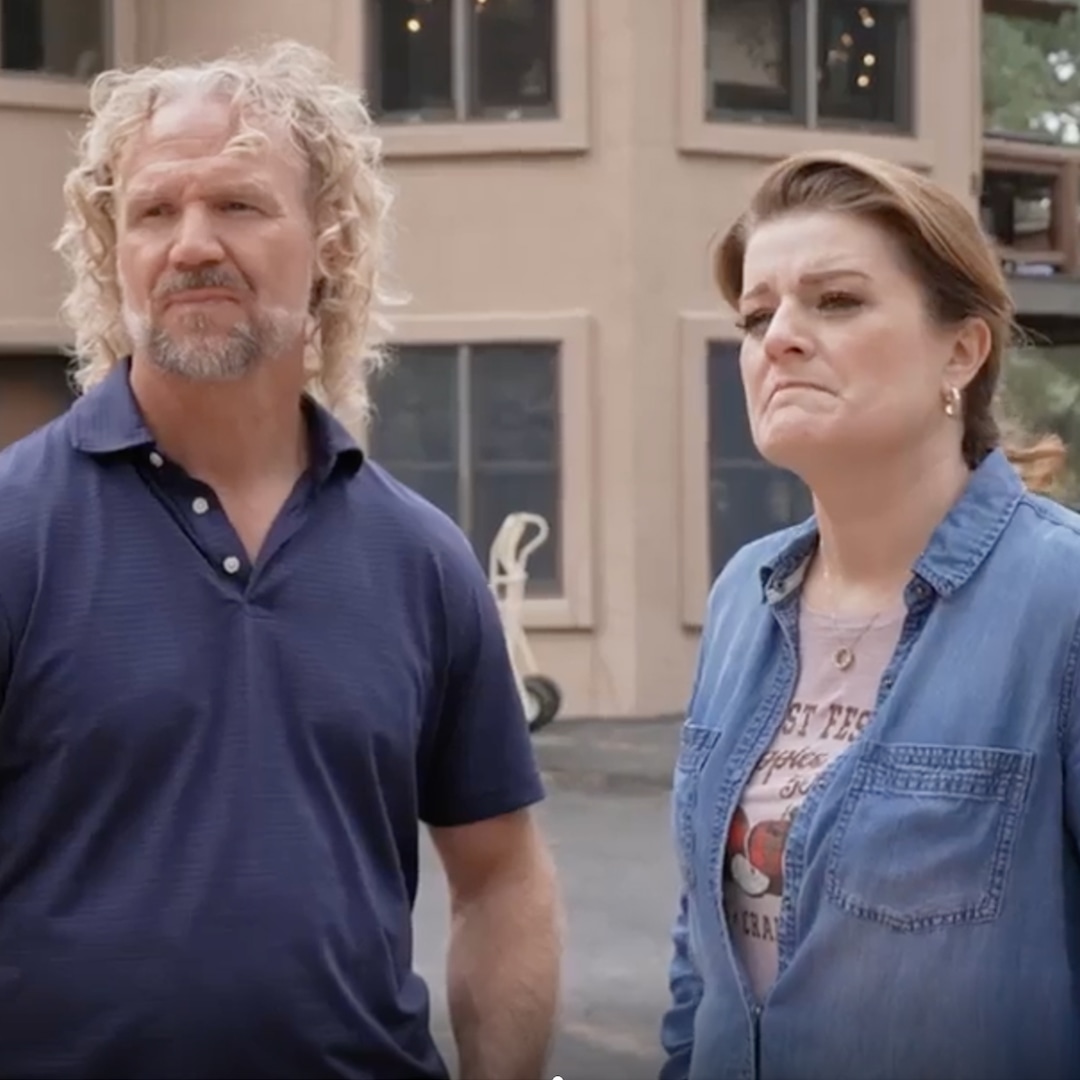Every labor dispute involves posturing and hyperbolic language: One side denounces the other as evil incarnate and the other does the same — until a deal is done. But this time, with two major guilds pitted against the studios, the anger is so intense that it’s hard to see how peace will be restored.
In the simplest terms, both the writers and actors guilds say the suits are greedy and trying to destroy their livelihoods, while the suits blame the actors and writers for failing to grasp the dire state of an industry still recovering from the pandemic and struggling with streaming losses. SAG-AFTRA members point to the jumbo compensation of the top suits; the top suits point to the jumbo compensation of top SAG-AFTRA members. (Barry Diller suggests they both should take a 25 percent pay cut.)
And it’s not just studios versus actors and writers. Some top agents also seem to be furious — not with the studios but with their own clients. “The WGA and [SAG-AFTRA] leadership just aren’t good,” says one. “I don’t think either of them understands the fragile state our business is in. In the words of Logan Roy, ‘These aren’t serious people.’” (This person acknowledges that many agents are still embittered by the Writers Guild’s 2019 move to ban packaging fees and requiring agencies to drop their affiliated production companies. “All that packaging money that was saved? Not one dollar went to them,” this agent says. “Studios kept it. And [the writers] pay us commissions now.”)
With everyone mad at everyone, how can the breach be mended? Gone are the decades when MCA chairman Lew Wasserman was the godfather who could decide when enough was enough. At this point, there is no such player in the Hollywood firmament. “The one guy you would think [could do it] would be the guy who set himself on fire,” says one top studio executive, referring to Bob Iger’s scolding of the guilds in a CNBC interview during the Allen & Co.’s billionaire summer camp. “I adore Bob, but that didn’t go well.” Though the subsequent pile-on couldn’t have been fun, another source deeply involved in the conflict says, “I bet he’s relieved because he’s now been told to pay attention to his own business” and doesn’t have to wrangle with the warring parties.
An equally powerful executive at another studio says no Hollywood godparent could make a difference now. “Do you seriously think SAG would care about Lew Wasserman right now?” he asks. “What gets you out of it is not Lew Wasserman coming back from the dead. The way to get out of it is to eliminate all this rhetoric and propaganda and super heightened emotionality and just deal with the facts.”
But it’s not so easy even getting to clarity on the respective positions of the warring parties. Take the question of artificial intelligence. SAG-AFTRA states that studios “want to be able to scan a background performer’s image, pay them for a half a day’s labor, and then use an individual’s likeness for any purpose forever without their consent.”
But a top studio exec says that’s “a flat-out untruth,” and that the Alliance of Motion Picture and Television Producers’ position would give performers the same protections over the use of their images that they already have in other contexts. In other words, the studios could only make a deal for use of an image for one project at a time. It seems the guild based its position on the belief that producers would certainly offer coercive contracts that would give them free rein, simply refusing to hire anyone who didn’t consent. That may be, but you could hardly blame anyone for thinking the studios had literally proposed a provision allowing them to do whatever they pleased with background players forever.
The two sides can’t even agree whether meetings were canceled, with SAG-AFTRA negotiation committee member Anthony Rapp saying they were — repeatedly — in the days before the strike was called, and the AMPTP saying that is “simply untrue.”
So eliminating the rhetoric and propaganda may not be so simple. But that doesn’t mean there isn’t much going on behind the scenes. Sources say both CAA’s Bryan Lourd and Endeavor’s Ari Emanuel, not normally the best of friends, have been working to prod the studio chiefs to make peace with SAG-AFTRA — but with the writers, not so much. Lourd and Emanuel declined to comment.
Another industry veteran with strong negotiating experience is also involved with the same goal. The hope for this person is that officials from the Federal Mediation and Conciliation Service (FMCS) can mediate and conciliate this epic fight. The FMCS is a neutral third party. The agency can’t force parties back to the negotiating table. But some in Hollywood feel that in a few weeks, when tempers may have cooled, both sides will be ready to look for a resolution.
The Hollywood Reporter has learned that Javier Ramirez — President Biden’s choice to be director of the FMCS — and Jimmy Valentine, an FMCS commissioner based in Glendale, have had meetings with the parties for weeks. (The AMPTP’s seemingly last-minute call for mediation, in other words, was not as last-minute as it appeared.) Both men are agency veterans who have dealt with more life-and-death situations than the one between the talent and the studios — like a hospital work stoppage in which patients had to be relocated.
Whether this plan can work is obviously yet to be determined. But that angry agent has bone-chilling words of warning about what the industry is facing if people don’t get be to normal relatively soon. “The existential, real threat is TikTok, and the next one,” he says. “What kids see as premium content is different and we are in a battle to keep them paying and watching. Film and TV are in for real competition for the first time. It can still be a great business, but there is a gathering storm.”
Katie Kilkenny contributed to this report.
















